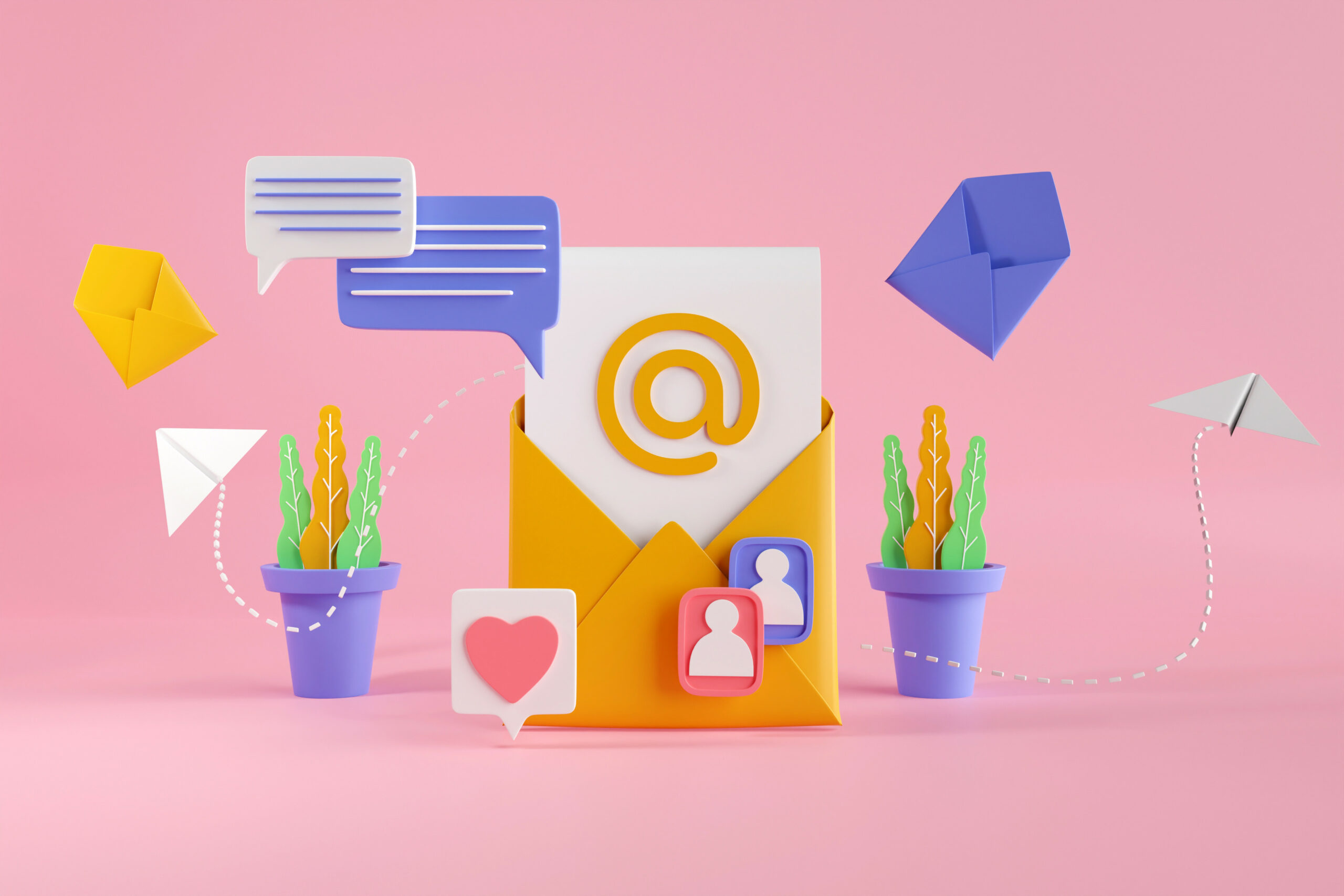Segmentation and personalisation in email marketing: Keys to a successful strategy

In today’s digital world, where competition is fierce and consumer attention spans are limited, email marketing remains one of the most powerful tools for brands looking to connect with their audience in a direct and personalised way. However, the key to making this strategy truly effective lies in two essential aspects: segmentation and personalisation.
In this blog, we’ll explore why segmentation is critical to understanding your audience and how email personalisation can maximise conversion rates, improving the return on investment (ROI) of your campaigns.
Why is segmentation important in email marketing?
Segmentation in email marketing is the process of dividing your database into smaller groups based on common characteristics such as demographics, behaviour of interests. The practice not only allows you to send more relevant messages, but also significantly improves open and click-through rates by delivering content that trully resonates with each audicence segment.
Key benefits of segmentation:
- Improved open rate: Users are more inclined to open emails that are relevant to them. According to studies, targeted campaigns can increase open rates by 14,32%.
- Increased conversions: Personalised messages focused on the needs of each user group have a direct impact on the purchases decision.
- Reduced churn rate: By offering segment-appropriate content, users are less likely to feel overwhelmed or disinterested, reducing churn.
How to correctly segment your audience
- Demographics: Divide your contact list according to basic information such as age, gender, location or job title.
- Behaviour: Group users according to their previous interaction with your brand, such as previous purchases, products viewed, or responses to previous emails.
- Interests: Through surveys, subscriptions to specific newsletters or browsing behaviour on your website, you can identify the particular interests of each user.
- Customer lifecycle: Sending an email to someone who is just getting to know your brand is not the same as sending an email to a regular customer. Segmentation based on lifecycle stage ensures that each user receives the right communication.
- Personalisation: Taking segmentation to the next level
Once you have segmented your database, personalisation becomes the next step in maximising the impact of your emails. Personalisation goes beyond adding the recipient’s name in the greeting. It is about adapting the content of the email according to the preferences and behaviours of each user.
Effective personalisation strategies:
- Dynamic content: Use content that automatically adjusts according to the profile of the recipient. For example, if a user has shown interest in a type of product, you can show them related recommendations.
- Personalised subjects: Email subjects that include the recipient’s name or references to their interests are more likely to be opened.
- Behaviour-based messaging: Emails triggered by specific actions (such as abandoning a shopping cart or registering for an event) are a very effective way to personalise the user experience.
- Smart automation: Automation tools allow you to send emails at the right time, such as on a user’s birthday, purchase anniversaries or after reaching certain milestones with the brand.
Impact of personalisation on conversion
Personalisation not only improves the user experience, but also directly increases conversion. A study by Experian found that personalised campaigns generate 29% higher open rates and 41% higher click-through rates compared to non-personalised emails.
When users receive content that truly interests them and speaks directly to them, they are more likely to take actions such as clicking on a link, completing a purchase or otherwise interacting with your brand.
How to combine targeting and personalisation to maximise results
For your email marketing strategy to be truly effective, the combination of segmentation and personalisation is key. Here are some steps to achieve it:
- Segment in detail: Use segmentation best practices to divide your audience into specific groups. The more precise the segments, the better you can personalise your content.
- Create relevant content: Develop mailings with specific content for each segment. It’s not just about changing a few details, but about adjusting the tone, message and offer to the needs of each group.
- Measure and adjust: Constantly analyse the results of your targeted and personalised campaigns. Adjust strategies based on key metrics such as open rate, click-through rate and conversion.
Conclusion
In the world of email marketing, the key to success is knowing your audience well and tailoring your message to their needs. Segmentation allows you to divide and conquer, while personalisation creates a genuine connection that generates conversions.
By implementing these strategies together, you can significantly increase the performance of your campaigns, improving not only your open and click-through rates, but also user satisfaction and therefore your return on investment.
If you are not yet implementing segmentation and personalisation in your email marketing strategy, it’s time to start. These practices are essential to building strong and lasting relationships with your audience.
